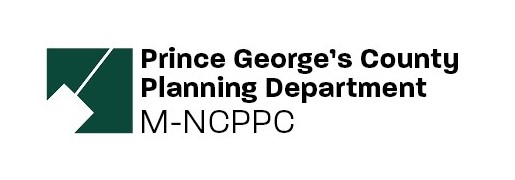Paulette Thompson Jun 13 2021 at 4:29PM on page 94
"Hope Lutheran Church and Student Center has been located at 4201 Guildford Drive for over 60 years. We are excited that the Purple Line will be so convenient and accessible for our members. We are also excited to learn of the potential housing and commercial developments that will bring new people and economic growth to the area. We are in support of the proposed plans put forth in the Adelphi Road-UMCG/UMD Purple Line Station Area Sectional Plan and Sectional Map Amendment for a transit-oriented, walkable neighborhood with multiple housing options. While we do not have an opinion on the particular sector plan options at this time, we welcome the opportunity to be a part of this vibrant and diverse community.
Most of our members live in the nearby communities of College Park, University Park, Greenbelt and Berwyn Heights. Like many churches, we have members of many ages and demographics. We also have a close relationship with the University of Maryland Lutheran Campus Ministry. (LCM). Students in LCM utilize the space in our church building regularly for meetings, services, music rehearsals, group dinners. The church space is also used for a weekly after-school program that pairs elementary school-age children from Langley Park with an LCM student for mentoring and tutoring. Alcoholics Anonymous groups meet regularly in our building and we host two programs that draw participants from the local community (outside of our congregation), namely a monthly series, Movies@Hope and a Moms in Community group. However, our building is over 60 years old and like many congregations, we know it may become very difficult to repair and maintain this aging structure in future years.
Therefore, we are requesting that our property be rezoned to a mixed-use higher density zone in order to have the potential to sell or lease the property to a developer. We envision selling or leasing our property for mixed-use development that would include a new larger church building as well as an apartment building for multi-family housing, student housing and/or affordable housing. We have been approached by many developers over the years and currently are in conversation with a student housing developer and two Affordable Housing non-profits. We feel the time is right for us to capitalize on the value of our property in order to:
- Build a new church structure that could better serve the community. We envision more meeting rooms for students and non-profits and a commercial kitchen to prepare meals for homeless or community groups.
- Establish an endowment fund with proceeds from the sale or lease that would expand our ministry and expand our ability to serve the community
Being able to rezone and thus redesign the building would mean conceiving and designing spaces that enhance all of these programs. We welcome the opportunity to work with Maryland National Capital Park and Planning Commission to achieve these goals.

Comments
View all Cancel